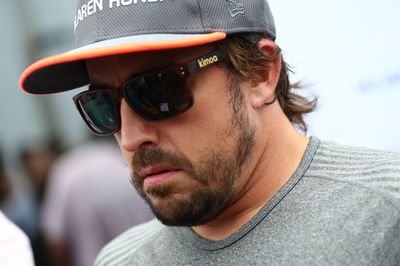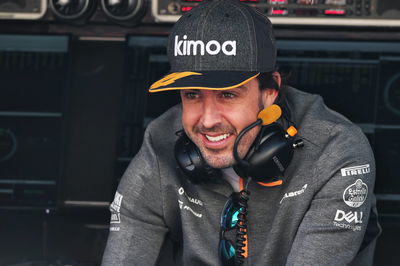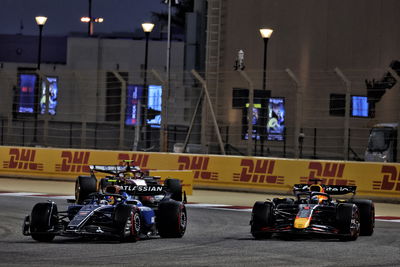Why Alonso’s F1 return with Renault makes sense
Following weeks of rumours and speculation, Fernando Alonso’s return to F1 next year with Renault was made official on Wednesday.
Alonso is rejoining the team with whom he secured back-to-back drivers’ and constructors’ Formula 1 World Championship titles in 2005 and 2006.
The news has come as a shock to many, considering Alonso walked away from F1 at the end of 2018 due to a lack of competitiveness following years of frustration at McLaren, and given Renault has not made the sort of progress it hoped in its bid to return to winning ways in the sport.
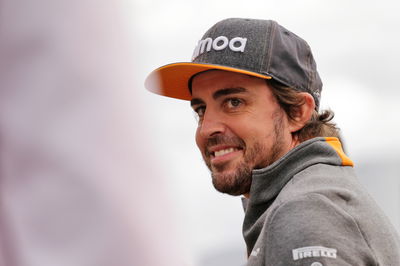
Following weeks of rumours and speculation, Fernando Alonso’s return to F1 next year with Renault was made official on Wednesday.
Alonso is rejoining the team with whom he secured back-to-back drivers’ and constructors’ Formula 1 World Championship titles in 2005 and 2006.
The news has come as a shock to many, considering Alonso walked away from F1 at the end of 2018 due to a lack of competitiveness following years of frustration at McLaren, and given Renault has not made the sort of progress it hoped in its bid to return to winning ways in the sport.
But it is a move which also makes a lot of sense for both parties.
Alonso has always kept the door open for a potential comeback to F1 and with his 39th birthday coming later this month, it marks what is probably his last realistic opportunity to return.
While Renault’s aim to get back to the front of the grid has stalled following a disappointing 2019 in which it slipped to fifth place in the constructors’ championship, the French manufacturer still presents Alonso with the most competitive option available to him.
Alonso, who will continue his quest to become just the second driver in F1 history to win motorsport’s ‘Triple Crown’, insists he is “stronger than ever” and “extremely motivated” for his return. He is a man who believes age is no barrier to success.
He is also targeting a major rules change on the horizon in 2022 - which was originally intended for next year until its introduction was delayed as a result of the COVID-19 pandemic - as a huge change for Renault to return to competitiveness.
"Probably my first intention was to go out in 2018 and see how life was outside the bubble and have a think for the 2021 rules," Alonso said.
"This has been postponed one year because of Covid but still it's worth being in the sport in 2021 as a preparation for me after two years not driving these cars, and to build up with the team and have a good season.
"I know only one team will be winning in 2020 - and in 2021 probably - but I think the 2022 rules will hopefully bring some fairness to the sport and some close action with teams more level and less scope to invent something that has a large performance advantage.
"There is time to build on those projects. I am relaxed, I am aware of what 2021 will be and I'm hopeful for 2022.”
Ultimately, Alonso has little to lose.
An unsuccessful tenure at Renault will harm his reputation no more than it did to seven-time world champion Michael Schumacher’s after the German came out of retirement to race for Mercedes between 2010 and 2012.
If the Renault reunion didn’t work out, Alonso could leave at the end of 2021 or 2022 and have two world titles and 32 grand prix victories to his name and still be considered one of the greatest racing drivers in the history in the sport.
And if things do go well and Renault aced the 2022 regulations, Alonso might just get that long-awaited shot at a third world championship that has so far alluded him.
For Renault, the decision was even more straightforward. It was left with very little choice to partner Esteban Ocon to fill the looming void that will be left by Daniel Ricciardo, who has switched allegiances to McLaren for next season.
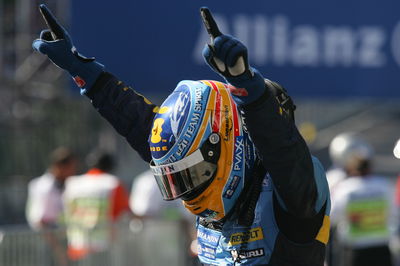
Ricciardo’s move swiftly followed a game of musical chairs that was kicked off with the announcement that Sebastian Vettel is leaving Ferrari at the end of the year and will be replaced by current McLaren driver Carlos Sainz.
Alonso was the best driver and biggest name on the market for Renault. It not only makes sense from a performance standpoint, but also a marketing perspective. Renault now has the ideal headline driver to lead its charge into F1’s new era, joined by a highly-rated talent in the shape of Ocon.
Of course there is also the romantic element of a reunion of the successful partnership which ended the dominance of Michael Schumacher and Ferrari, though that would have had little bearing on the eventual decision in reality.
Renault F1 team principal Cyril Abiteboul believes the signing of Alonso will give everyone at Enstone a “boost” at a vital time in the team’s history, having recently committed its future to the sport.
"His presence in our team is a formidable asset on the sporting level but also for the brand to which he is very attached,” Abiteboul explained.
"His experience and determination will enable us to get the best out of each other to take the team towards the excellence that modern F1 demands.
"He will also bring to our team, which has grown very fast, a culture of racing and winning.
“He will be a boost for the staff, for motivation. A lot of the staff at Enstone were students when Fernando was winning titles with us, so for them to be exposed to who he is and his winning culture, so we will clearly try to take the opportunity of what he can bring to the team.”
While Abiteboul acknowledged there is renewed pressure on Renault given Alonso’s impending arrival, he stressed he is “more confident than ever” that the team is on target to close the gap to the top three teams following a promising winter.
Renault has faced some criticism for effectively ignoring its Renault Sport Academy and opting for an ageing Alonso over one of its Academy stars. The team had previously laid out the intention to promote one of its own juniors into F1 by 2021.
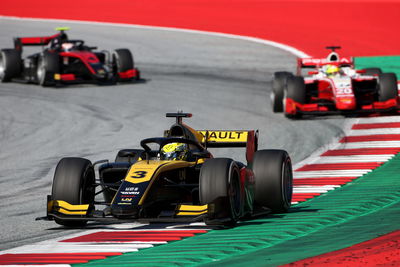
But the effects of the COVID-19 pandemic complicated the picture and have ultimately delayed this prospect from happening. Renault’s leading two juniors are Christian Lundgaard, who has only just graduated to F2 this year, and China’s rising star Guanyu Zhou.
After catching attention in a strong rookie F2 season last year, Zhou made an impressive start to his sophomore campaign last weekend by storming to pole position by half a second at the Red Bull Ring, and he looked set to win the feature race until his car suffered mechanical problems.
Although Zhou and Lundgaard both have potential to be F1 stars of the future, Renault had to seriously question whether either would be ready for the step up next year. Adding to their dilemma, there is no guarantee Zhou will have enough superlicence points at the end of the year.
Despite seemingly overlooking its juniors for 2021, Abiteboul insists Renault remains “very serious about the academy” and is not giving up on its fundamental aim. Zhou and Lundgaard’s chances will come further down the line if they deliver the results in F2.
The bottom line is that Renault had the chance to sign a double world champion who is ready to win races providing he has the equipment beneath him. It simply couldn’t let an opportunity like Alonso slip through its fingers.
It may be a gamble for both sides, but there is no doubt that Alonso’s arrival is box-office for F1 and will be a fascinating story to watch unfold.
